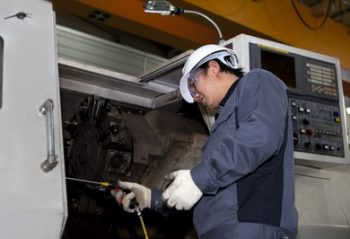
Computerised Numerical Control, or CNC, is a form of automated machine tooling which can be used for very minute items, or extremely large items, depending upon the requirements of the customer.
CNC allows the user to have a much greater control over the actions of the tool, producing finer and more accurate tooling than that produced by a hand wheel or hand-operated machine. There are several different types of CNC machines which can be used to make products, including Large CNC Milling, which often use a particular programming code known as G-code.
Why do Companies Opt for Large CNC Milling?
There are several reasons why companies may choose to use large CNC milling processes when manufacturing products. Firstly, computerised mills require little worker effort, so there are fewer errors and a closer cut, making the process much more accurate. In addition, measurements can be handled precisely, without the need of specialist tools, which cannot be done by the human eye. Secondly, the machines can be controlled to produce large products which would not be possible in other forms of lathe or hand turning. Computers handle larger object, but treat them with the same precision as if they had been very small. Thirdly, when a company needs to have a large task performed frequently, as with the manufacturing of products, computerisation allows the machine to remember the dimensions required and create the product again and again without the need to measure and recalculate alignments.
Large CNC milling is used in a number of processes, including in the manufacturing of wood items, in the cutting of designer tyres, and in the drilling of metals, woods and plastics. Drilling wood means that the computer can control the size and shape of the hole, producing the same result again and again. The computerised data means that the drill can recreate complex structures in large pieces of wood, plastic or metals easily.





